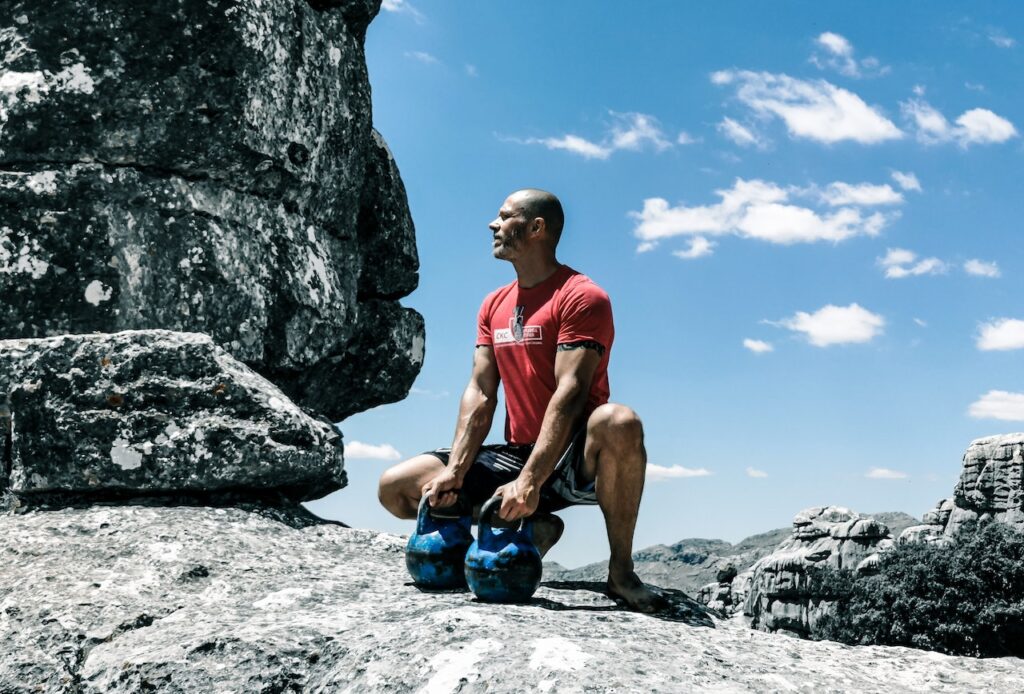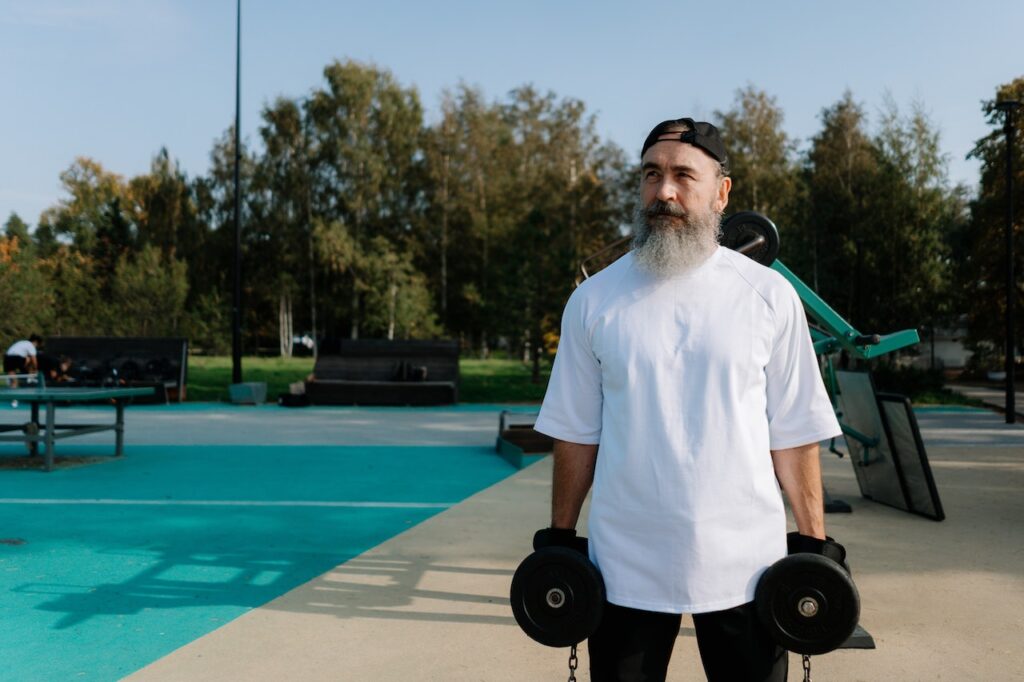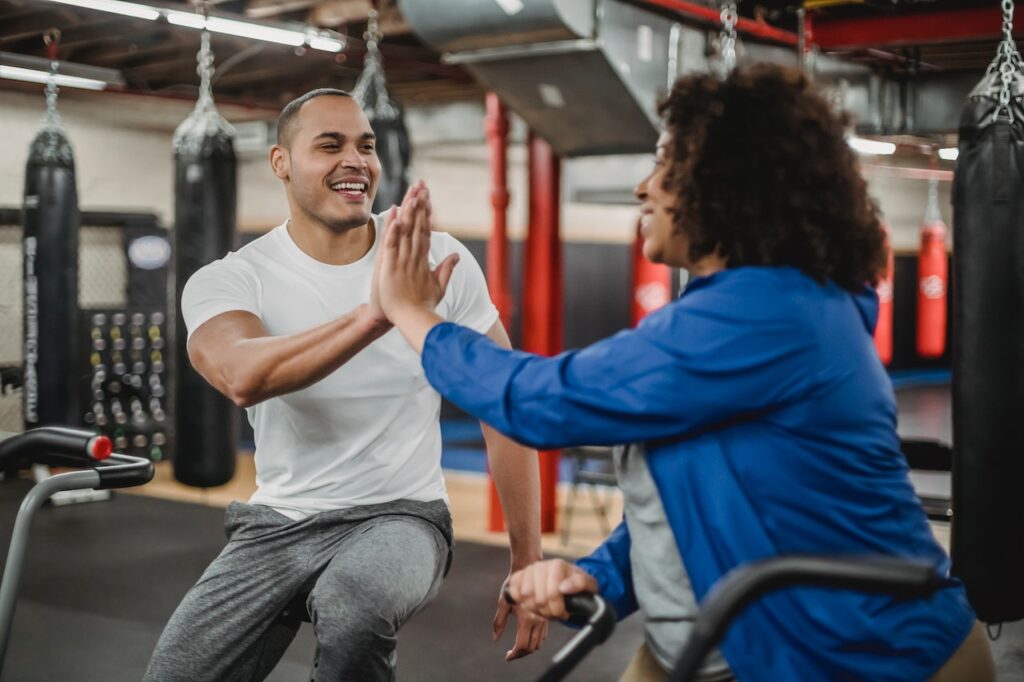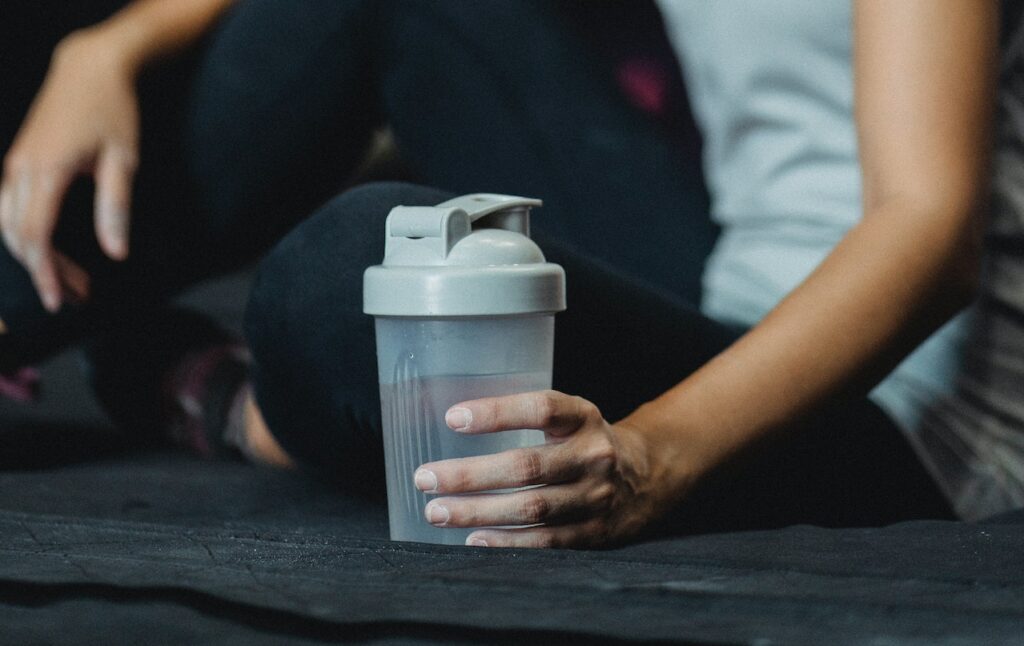Understanding the Needs of Seniors
When it comes to fitness, seniors often have different needs and limitations compared to their younger counterparts. Many seniors experience a decrease in strength, balance, and flexibility, which can make some exercises challenging. Additionally, conditions such as arthritis or osteoporosis can make high-impact exercises uncomfortable or even harmful.
That’s why low-impact, joint-friendly exercises are generally recommended for seniors. These exercises minimize strain on the joints, reducing the risk of injury while still providing health benefits. It’s essential to keep these unique needs in mind when developing a home workout routine for seniors.
Read our article to choose the right home gym equipment for your needs.

The Importance of Safety
When seniors engage in home workouts, safety must be a priority. A home gym should be set up in a way that minimizes the risk of falls or injuries, with clear spaces and sturdy support if needed. It’s also important to have some form of communication device nearby in case of emergencies.
Another vital safety consideration is the concept of “listening to your body”. Seniors should be encouraged to pay attention to how their body feels during workouts and to stop if anything causes pain or discomfort. Pacing oneself is also crucial. Overdoing it can lead to unnecessary injuries, so it’s better to start slow and gradually increase intensity as strength and endurance improve.

Exercise Ideas for Seniors
When it comes to exercise for seniors, variety is key. A mix of strength training, cardiovascular fitness, and flexibility exercises can help cover all bases and keep workouts engaging.
For strength training, resistance bands can be a great tool. They are easy to use and can help improve muscle strength and balance. Simple exercises like bicep curls or leg presses can be done with resistance bands.
Cardiovascular fitness is crucial for heart health. Low-impact exercises like walking or cycling on a stationary bike can be effective cardio workouts for seniors. Another option could be chair aerobics, which provides a good cardio workout while being easy on the joints.
Flexibility exercises can help improve balance and prevent stiffness. Simple stretching exercises, tai chi, or yoga can be excellent for enhancing flexibility.
How to Create a Safe Workout Space at Home
Creating a safe, senior-friendly home workout area can dramatically reduce the risk of injuries. Here are some practical tips:
- Choose the Right Location: Pick a space with plenty of natural light and good ventilation. This area should be free from clutter, ensuring enough room to move around without risk of tripping or bumping into things.
- Secure Loose Rugs or Mats: To avoid slipping, ensure any rugs or mats are secured with non-slip backing.
- Have Support Nearby: Install sturdy bars or handles in strategic places if balance is an issue. Even a sturdy chair can serve as support during exercises.
- Essential Equipment: Opt for lightweight and easy-to-use fitness accessories like resistance bands, a yoga mat, light dumbbells, and an exercise ball. These are not only effective for various exercises but are also safe for seniors to use.

Motivation and Goal-setting
Keeping motivated is a crucial part of maintaining a regular exercise routine. For seniors, this often involves setting achievable fitness goals. These could range from improving balance and flexibility to increasing strength or cardiovascular endurance. It’s essential to start small, celebrate every achievement, and gradually set more challenging goals as fitness levels improve.
Staying motivated to exercise at home can be made easier by scheduling workout times, tracking progress, and incorporating variety in workout routines. Inviting a friend or family member to join can also make the exercise more enjoyable.
Struggling with consistency? Read our tips on staying motivated.
Nutrition and Hydration
Proper nutrition and hydration are critical, especially for seniors engaging in home workouts. Eating a balanced diet rich in proteins, fruits, vegetables, and whole grains helps fuel the body for exercise and assists in recovery post-workout.
Hydration is equally important. Seniors should drink plenty of water before, during, and after workouts to prevent dehydration. However, those with certain medical conditions should follow their healthcare provider’s recommendations about fluid intake.

